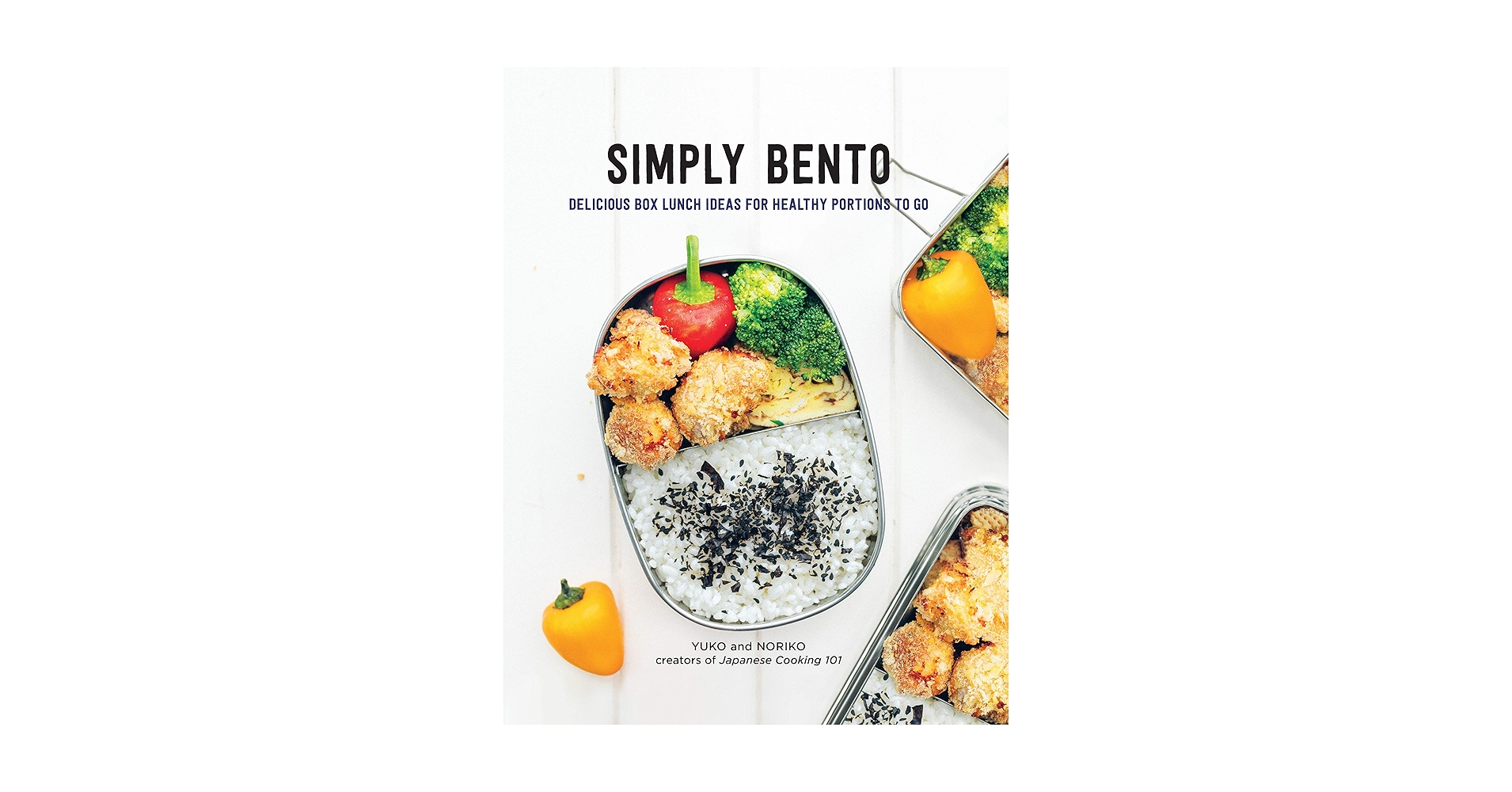Have you ever opened a perfectly arranged box of food and felt both delighted and cared for?
That’s the magic of bento, Japan’s iconic packed meal. But bento is more than just lunch—it’s a cultural expression of balance, beauty, and intention. While the word “bento” is now used worldwide, its meaning runs deeper than just “food in a box.” In this article, we’ll explore the origins of bento in Japan, its spread across the globe, and how it differs from other packed meals around the world.
The Japanese Roots of Bento
The history of bento stretches back over a thousand years. In the Heian period (794–1185), aristocrats brought packed meals to outdoor events like cherry blossom viewings and moonlit poetry gatherings. These early forms of bento reflected refinement and seasonal sensitivity.
By the Edo period (1603–1868), bento became a popular, everyday convenience. Travelers packed bento for long journeys, workers brought it to job sites, and schoolchildren carried homemade meals from home. As Japan modernized, bento evolved—but it never lost its emphasis on balance, aesthetics, and care.
Bento Goes Global
Thanks to the international rise of Japanese cuisine and pop culture, bento has made its way around the world. Today, you’ll find bento-inspired meals in cafés from New York to Paris, often presented as healthy, portioned alternatives to fast food.
In many countries, the word “bento” is now used to describe any meal that mimics the Japanese style—a compact box of beautifully arranged components including rice, protein, vegetables, and sometimes fruit or sweets. Its visual appeal, nutritional balance, and convenience make it a favorite for people of all ages.
Bento vs. the Typical Lunch Box: What’s the Difference?
| Category | Lunch Box | Bento |
|---|---|---|
| Design | Simple and functional, often with minimal decoration | Visually striking, with thoughtful layout and color coordination |
| Content | Sandwiches, fruits, snacks—often casual or processed | Balanced mix of rice, vegetables, protein, and pickled items |
| Cultural Significance | Focused on convenience and nutrition | Embodies love, seasonality, and artistic presentation |
| Usage | Used worldwide for school, work, or travel lunches | Used in Japan and beyond for daily meals and seasonal occasions |
| Popularity | Common across Western cultures | Beloved in Japan, Korea, Taiwan—growing globally thanks to its beauty and balance |
Bento is more than a meal—it’s a message. A parent preparing bento for their child isn’t just packing lunch; they’re expressing care, affection, and cultural tradition through food.
Global Cousins of the Bento Box
Japan may have coined the term “bento,” but the concept of packed, well-balanced meals exists around the world. Here are some bento-style cultures that share its spirit:
South Korea: 도시락 (Dosirak)
Often packed at home or bought at convenience stores, dosirak is a beloved part of Korean food culture. Like bento, it includes rice, protein, vegetables, and kimchi—always thoughtfully arranged.
Taiwan: 便當 (Biàndāng)
Taiwan’s famous railway bento is a highlight of any train journey. Packed with flavorful meats, pickles, and rice, it reflects both Japanese influence and Taiwanese culinary diversity.
China: 便当 / 饭盒 (Fànhé)
While not called “bento,” lunch boxes are a daily staple for students and workers in China. Ingredients vary by region, but the idea of a complete meal in a compact box is widely embraced.
Thailand: ข้าวกล่อง (Khao Klǒng)
Thai lunch boxes are vibrant and spicy, often filled with stir-fried dishes, curry, and rice. Like bento, they offer flavorful variety in a single meal, designed for portability.
Why the World Loves Bento
Bento represents a rare combination of form and function—food that’s not only practical, but also visually pleasing and emotionally meaningful. Here’s why it resonates globally:
- Balanced Nutrition: Protein, carbs, and vegetables in one container
- Portability: Perfect for school, work, or travel
- Aesthetic Appeal: Bright colors and cute presentation invite joy
- Emotional Connection: Especially in Japan, bento is an act of love
In a fast-paced world, bento encourages us to slow down and savor—not just the food, but the care behind its preparation.
Conclusion: Bento as a Cultural Bridge
What began as a simple packed meal in ancient Japan has become a universal symbol of thoughtfulness, health, and design. Whether in the hands of a schoolchild in Tokyo, a commuter in Seoul, or a café patron in London, bento continues to inspire with its blend of tradition and creativity.
Its global spread shows that while culinary customs may differ, the desire to nourish others—and to do so with beauty and balance—is something we all share.



